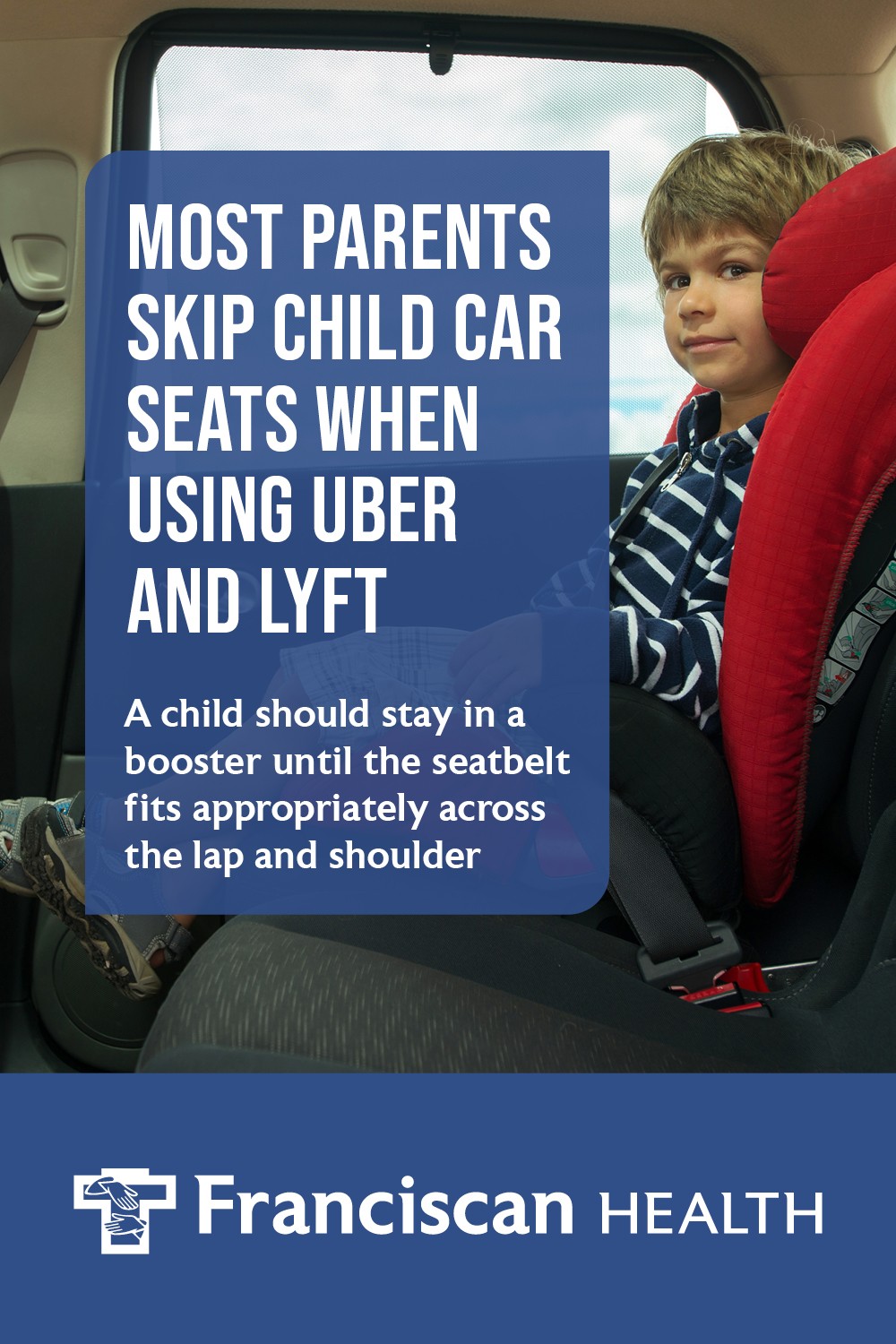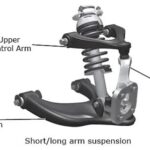Traveling with children requires careful planning, especially when it comes to their safety in vehicles. Ride-sharing services like Lyft and Uber have become increasingly popular, raising important questions for parents about child passenger safety. A recent study highlights a concerning trend: many parents are not using car seats for their young children when using ride-share services. This raises a critical question: Does Lyft Require Car Seats and what are the implications for child safety?
Research indicates a significant gap in car seat usage in ride-sharing scenarios. A study published in Academic Pediatrics revealed that while many parents use ride-share services with their children, only about half of those with children aged 8 and under utilize car seats or booster seats in these vehicles. Alarmingly, over 40% of parents in the study reported using only seat belts for young children in ride-shares, and 10% admitted to having children ride unrestrained or on their lap.
Jennifer Homan, RN, trauma program manager at Franciscan Health Crown Point, emphasizes the consistent need for child safety, regardless of the vehicle. “Your child’s safety doesn’t diminish if you get into a Lyft car,” she states. “Safety doesn’t change.” This underscores the importance of maintaining the same child safety standards in ride-shares as in personal vehicles.
 Parents need to use car seats for children in ride-sharing vehicles like Lyft to ensure their safety
Parents need to use car seats for children in ride-sharing vehicles like Lyft to ensure their safety
The study’s senior author, Dr. Michelle Macy, a pediatric emergency medicine physician at Ann & Robert H. Lurie Children’s Hospital of Chicago, points out that parents who are diligent about car seat use in their own cars may face barriers or perceive different risks when using ride-shares. This could stem from confusion about legal requirements or a misconception that shorter ride-share trips are inherently safer.
Legally, car seat laws in the United States vary by state, but the majority mandate car seats or booster seats for children younger than 8 years old in all vehicles, including ride-shares. It’s crucial for parents to be aware of their local laws and understand that these laws generally apply to ride-sharing services.
Lyft’s official policy addresses car seats, stating that it is the rider’s responsibility to provide and install a car seat if needed. While Lyft offers a “Car Seat Mode” in some locations, this service is not universally available and may come with limitations such as vehicle type and availability. It’s important to note that standard Lyft vehicles are not typically equipped with car seats for passengers to use. You can find more details on Lyft’s car seat policy online.
For optimal safety, experts recommend that children remain in a booster seat until they are tall enough for a seat belt to fit properly, generally around 4’9” in height. A proper seat belt fit means the lap belt lies low across the hips and the shoulder belt crosses the chest and shoulder, not the neck.
Traveling with car seats doesn’t have to be cumbersome. Lightweight and portable options are available, including backless booster seats and harness seats that can be carried as backpacks. These can make it easier for parents to ensure their child’s safety when using ride-sharing services or traveling in general.
Beyond cars, child safety seats are also relevant for air travel. Jennifer Homan advises parents to check their car seat manuals to understand how their car seat can be used safely on airplanes. Ensuring your child has the appropriate restraint system, whether in a car or plane, is paramount for their safety during travel.
In conclusion, while Lyft itself doesn’t mandate or typically provide car seats in standard rides, the responsibility for child passenger safety unequivocally falls on the parent or guardian. Understanding local laws, Lyft’s policies, and the critical importance of car seats is essential for protecting children in ride-sharing vehicles. Prioritizing child safety and planning ahead by bringing and correctly using car seats will ensure safer journeys for families utilizing ride-share services.
